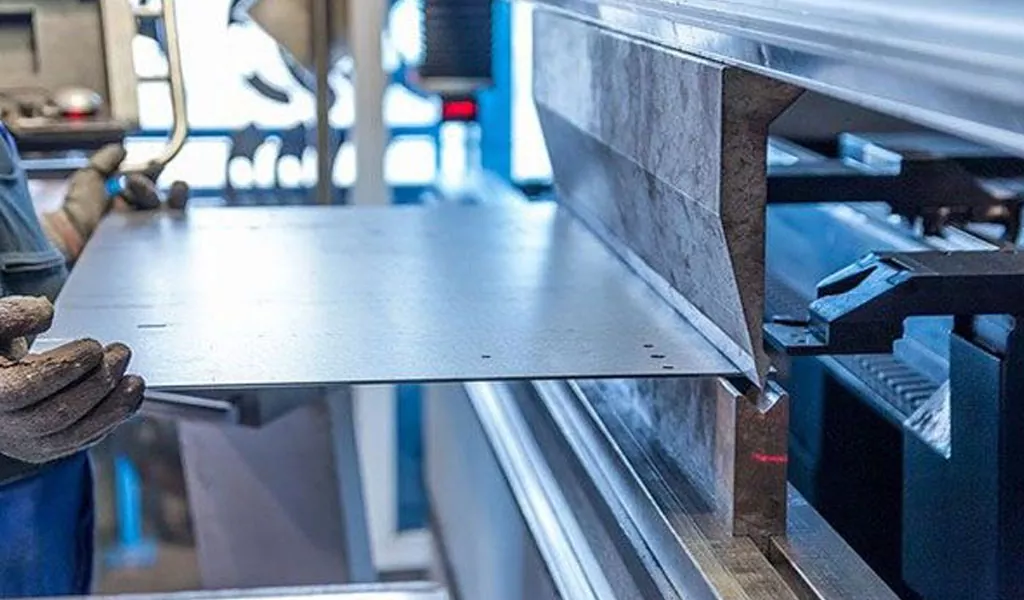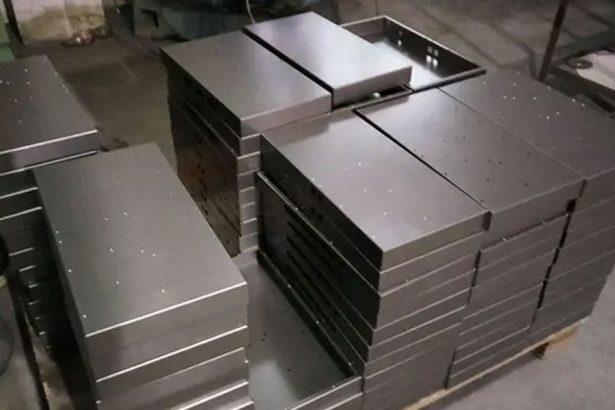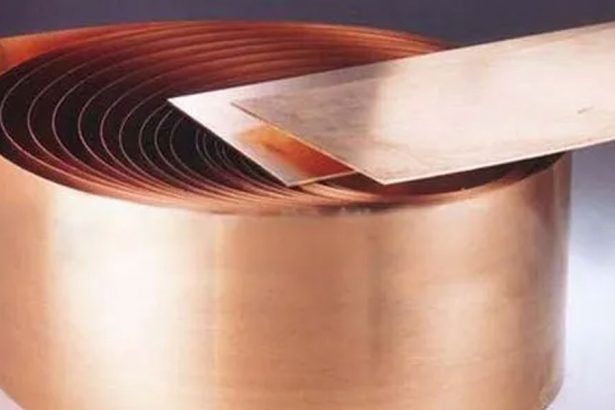Perfect sheet metal enclosure design refers to a design that effectively fulfills its intended purpose, meets all functional requirements, and incorporates key design principles for optimal performance, manufacturability, and aesthetics. Here are some key characteristics of a perfect sheet metal enclosure design:
Functionality:
The design should align with the intended function and purpose of the enclosure.
It should provide proper protection, organization, and accessibility for the internal components.
Consider the placement of openings, interfaces, cable management, and mounting options to ensure efficient operation and ease of use.
Structural Integrity:
The enclosure should possess sufficient strength, rigidity, and durability to protect the enclosed components.
Structural elements, reinforcements, and proper fastening mechanisms should be incorporated to enhance stability and reliability.
Design for Manufacturability:
The design should be optimized for efficient and cost-effective manufacturing processes.
Consider the limitations and capabilities of sheet metal fabrication techniques, such as bending, welding, and cutting.
Minimize complex features and ensure ease of assembly to reduce production time and costs.
Material Selection:
Select the appropriate sheet metal material based on the specific requirements of the application.
Consider factors such as strength, corrosion resistance, electrical conductivity, and cost.
Choose a material that provides the necessary properties for optimal performance and longevity.
Thermal Management:
If required, incorporate proper ventilation, heat sinks, or cooling mechanisms to ensure efficient heat dissipation.
The design should allow for adequate airflow and prevent the buildup of heat that could damage internal components.
Aesthetics:
Consider the visual appeal and overall aesthetics of the enclosure design.
Pay attention to details such as surface finish, color, branding, and labeling to create a professional and visually pleasing product.
Compliance and Safety:
Ensure that the design meets relevant industry standards, regulations, and safety requirements.
Incorporate appropriate shielding, grounding, and protection against electrical or environmental hazards.
Prototyping and Testing:
Develop prototypes or create 3D models to validate the design before full-scale production.
Conduct functional tests to ensure proper fit, accessibility, and performance.
Iterate and refine the design based on test results to achieve an optimal solution.
A perfect sheet metal enclosure design is a balance between functionality, manufacturability, aesthetics, and performance. It requires careful consideration of the specific requirements and collaboration with fabrication experts to achieve the desired outcome.
Perfect Sheet Metal Enclosure Design Tips
Certainly! Here are eight tips to consider for achieving a perfect sheet metal enclosure design:
Clear Design Objectives:
Define your design objectives and requirements clearly from the beginning.
Understand the functionality, size, shape, access points, and environmental considerations of the enclosure.
Having a clear understanding of the purpose and goals will guide the design process effectively.
Collaborate with Fabrication Experts:
Consult and collaborate with experienced sheet metal fabrication professionals or design engineers.
They can provide valuable insights on design feasibility, material selection, and manufacturing processes.
Their expertise can help optimize the design for efficient production and cost-effectiveness.
Design for Manufacturability:
Consider the manufacturing processes and capabilities during the design phase.
Optimize the design for efficient material utilization, reducing waste and minimizing manufacturing costs.
Avoid complex features that may be difficult or expensive to fabricate.
Proper Material Selection:
Choose the appropriate sheet metal material based on strength, durability, corrosion resistance, and other specific requirements.
Consider the specific characteristics of different materials (e.g., stainless steel, aluminum) and select the one that best suits the application.
Emphasize Structural Integrity:
Ensure the enclosure design provides sufficient structural integrity and rigidity to protect internal components.
Incorporate reinforcements, stiffeners, or bracing as needed to enhance strength and stability.
Pay Attention to Detail:
Focus on the details of the design, such as proper alignment of openings, accurate dimensions, and appropriate tolerances.
Consider cable management, grounding points, and the arrangement of internal components for a clean and organized interior.
Adequate Ventilation and Heat Dissipation:
Incorporate appropriate ventilation openings, fans, or heat sinks to ensure adequate airflow and heat dissipation, if necessary.
Proper cooling mechanisms will help maintain optimal operating conditions for enclosed components.
Prototyping and Testing:
Develop a prototype or create 3D models to validate the design before proceeding to full-scale production.
Test the enclosure for fit, functionality, thermal performance, and any specific requirements to ensure a successful design.
By following these tips and working closely with fabrication experts, you can achieve a well-designed sheet metal enclosure that meets your functional, aesthetic, and manufacturing requirements.




